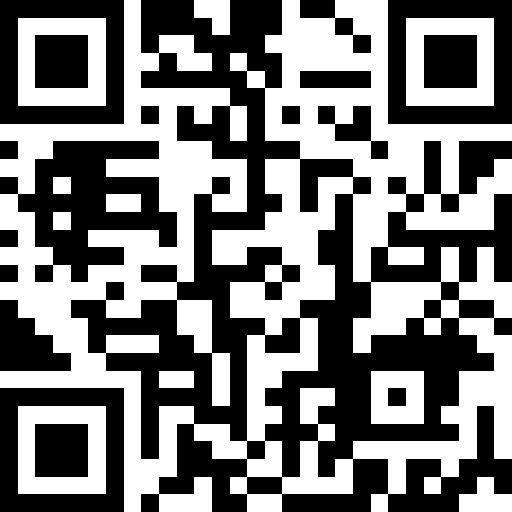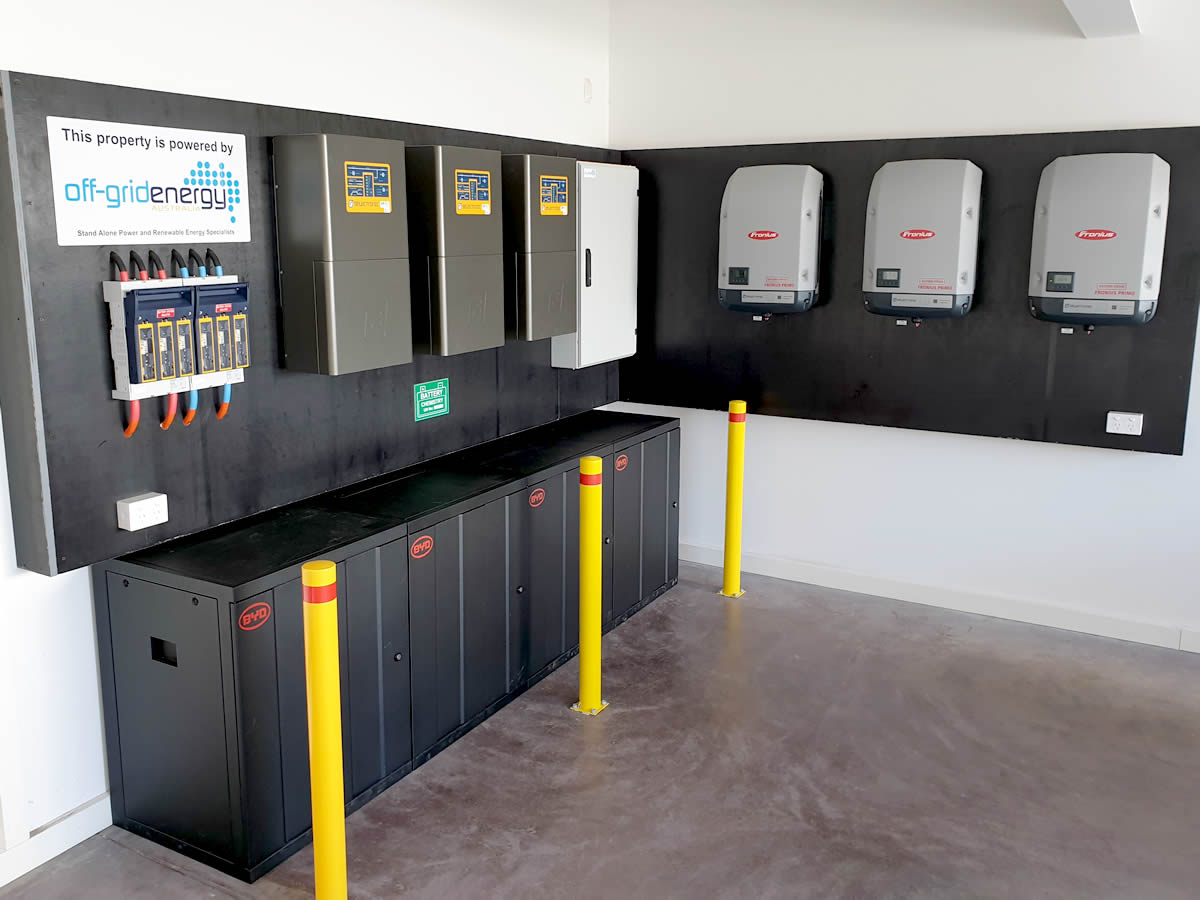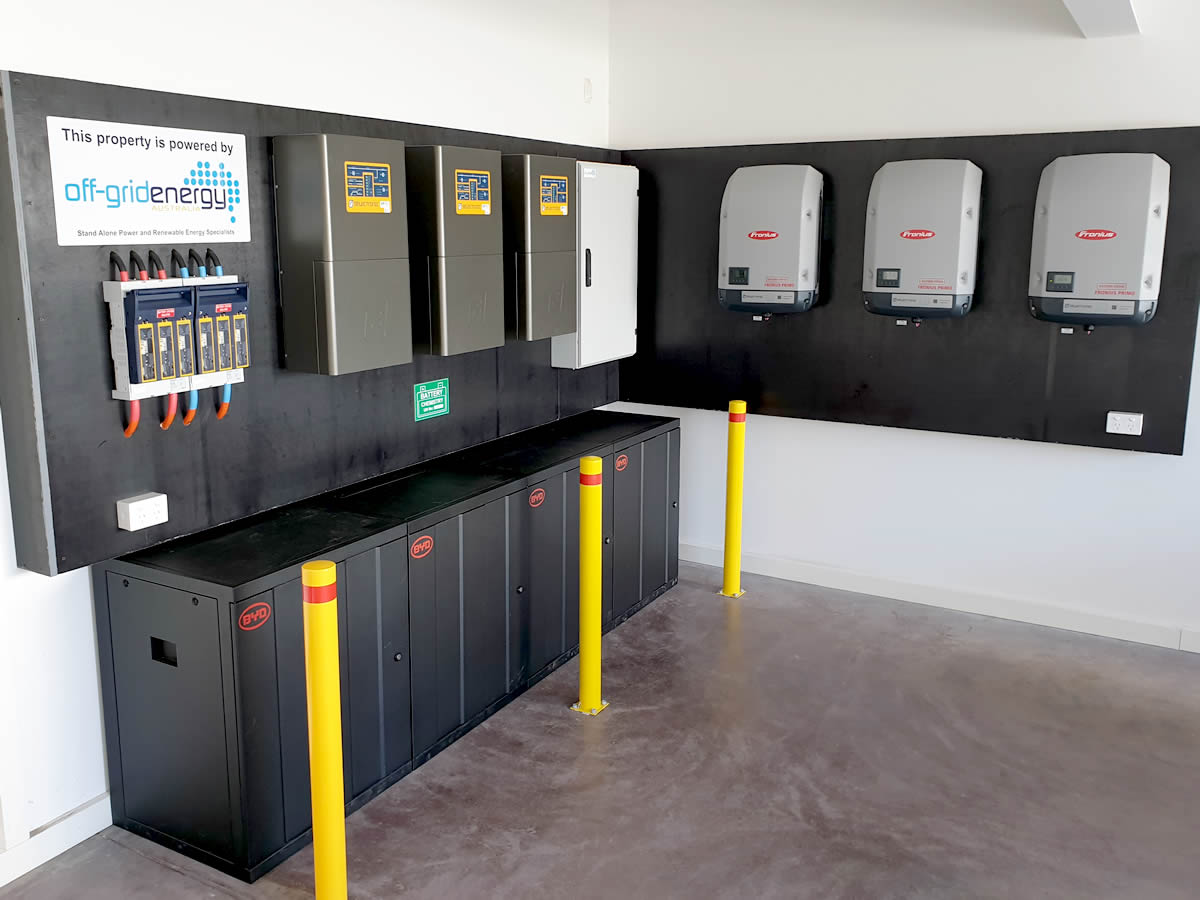Audit Form
General JHA
-
Employees are aware of the "Stop Work Authority"? (OSHA 1926.1418).
-
Have the Teams completed a living document JHA/THA/JSA where tasks, hazards, mitigations are identified and signatures are required daily before work begins? (OSHA Recommended Best Practice)
-
A Hazard Assessment has been performed and PPE was determined? (OSHA 29 CFR 1910.132).
-
Have the Team Leads or Production Supervisors committed to Safety Tool Box talks/briefings weekly with signatures of attendance? Per OSHA 29 CFR 1926.952
-
Are Employees trained to perform their tasks and documented training available for review upon request? (OSHA 29 CFR 1910.132)
-
Stretch and Flex Program implemented before start of work? (OSHA General Duty Clause, Section 5(a)(1); Ergonomics)
-
Personal Protective Equipment available? (OSHA 1910.132)
-
Employees trained on PPE? (OSHA 29CFR 1910.132)
Emergency Action Plan Per 29CFR 1910.38
-
Site evacuation plan and emergency process explained, evaluated, and posted? (Per OSHA 1910.38 Subpart E; (c)(2); IFC 2021).
-
Are Employees who are exposed to fire hazards trained on the Fire Prevention Plan? (Per OSHA 1910.39).
-
Have "Wardens" been designated to escort Employees during an Emergency?
-
Does the workplace have at least two exit routes to permit prompt evacuation of employees and other building occupants during an emergency? (IFC Ch. 10)
-
Evacuation procedures, escape routes and floor plans have been identified and posted in accessible areas for workers? (IFC Ch. 10)
-
Will there be reporting and alerting authorities when emergency has been identified? (IFC Ch. 10)
-
Is there a alarm system that can provide occupant notification of an emergency? (IFC Ch.9)
-
Will there be accounting for people after implementing an EAP? (OSHA 1910.38-39)
-
Is training new staff on the various EAPs and their role within the EAP current? (OSHA 1910.38-39)
-
Are there procedures to control accumulations of flammable and combustible waste materials? (OSHA 29CFR1910.39(c)(2)).
-
Is the fire prevention plans made available to employees for review? (OSHA 29CFR1910.39(c)(2)).
GENERAL - Hazards and Hazard Communication
-
If working alone, HVAC, Central Plant and Boiler Room requires monitoring. Are there Arc Flash Trained personnel present during occupancy, or EE monitored during occupancy? Per OSHA 30CFR 56.18020
-
Labels or Marking on Machinery, Fire Extinguishers, Process Containers, and all containers are up to date and accurate? (29CFR 1910.1200(c)
-
Has training been provided promptly when a new hazard is introduced?
-
All HazCom labels on shipped containers are required to have pictograms and conform to the GHS-style labeling system. (OSHA 1910.1200) 1910.1200(f)(1)(i-b).
-
Pedestrians entering/exiting roll-up door area? (OSHA General Duty Clause)
-
Dangerous/hazardous materials exist and need special waste removal? (IFC)
-
Laser use on floor where signage and training is required? (Z136.1, American National Standard for Safe Use of Lasers. OSHA 29CFR1910.133(a)(i)).
-
Signage in proper condition, visible, and located in a well lit area? Per OSHA 1910.145.
Housekeeping 29 CFR 1910.22
-
Debris, trash or broken wood/glass exists? (Photo required) 29 CFR 1910 Subpart D
-
Compactor Room clear of debri/trash and the equipment functioning properly in a safe working condition? (OSHA 1926.1412 and 1915.81 and 1910.22).
-
Smoking area Bldg 1 and 2 area clear of debris? (Violation requires photo) (OSHA 29 CFR 1910.22 and 1915.81).
-
Are oil and fluid spills cleaned up immediately? (29CFR 1910.22)
-
Are the work areas and loading docks being used for long-term storage? (29CFR 1910.176)
-
Personal belongings being stored in lockers? (OSHA General Housekeeping recommendation)
Slip, Trip and Falls 1910.21-30
-
Stacked materials are even, straight, stable, and self-supporting; stored in tiers shall be stacked, blocked, interlocked, and limited in height so that they are stable and secure against sliding or collapse? (OSHA 29CFR 1910.176(b)).
-
Removed damaged pallets from service for repair or disposal? (OSHA 29CFR 1910.132).
-
Are exits routes free and unobstructed including loading docks (OSHA 1910.37(a)(3)
-
Fire Extinguishers are free from any obstruction? (OSHA 1910.157 (c)(1))
-
Mechanical material handling aisles unobstructed? (OSHA 1910.176(a))
-
Fire alarm pull station unobstructed? (OSHA 1910.165(e))
-
Slips, Trips or Fall hazards exist per OSHA General Industry Walking-Working Surface standard (29 CFR 1910 Subpart D, which includes §1910.21-30) (photo of hazard required).
-
Walking-working surfaces regularly inspected to identify hazards? (OSHA 1910.22)
-
Power cords, uncovered hoses, cables, wires, or rope clear of walking areas? (OSHA 29CFR 1910 Subpart D&I.)
Ladders OSHA 1910.23
-
Ladders place appropriately and not used on aerial lifts? (OSHA 1910.23)
-
Portable ladders are secured to prevent displacement? (OSHA 1910.23)
-
The cap or top of step is not being used? (OSHA 1910.23)
-
Ladder is inspected for damage before use? (OSHA 1910.23)
-
Employee's using 3-points of contact while using ladder? (OSHA 1910.23)
Fall Protection/Working from Heights
-
Employee on an aerial lift has documented training? (OSHA 1910.28)
-
Is Employee tied off properly to lift basket per OSHA 1910.28 Subpart D?
-
Walking surfaces clear of trip or fall hazards? Walking-working surfaces are maintained free of hazards such as sharp or protruding objects, loose boards, corrosion, leaks, spills, snow, and ice. Per OSHA 1910.22
-
Has the FAS been inspected prior to use? (If using a Harness, please list Brand name and Serial Number OR upload clear photo of tag). (29CFR1910.140 (c)).
-
Falls from heights greater than 4 feet exists? (ladders, Crates, Catwalks, Machinery, Platforms, etc.) OSHA 29CFR 1910.28)
-
Guardrails and railing system in place to prevent EE's from "Air stepping" off platform? OSHA 29CFR 1910.176
Medical Services and First Aid (Per OSHA 1910.151)
-
Are designated Employees trained in First Aid? (OSHA 29CFR 1910.151)
-
First Aid Kits available and well stocked? (OSHA 1910.151)
-
Syringe disposal container available for known diabetic employees? 29 CFR 1910.1030 (d)(4)(iii)(A)(l)(i)
-
First aid and resuscitation kit present in facility? Per OSHA 1910.151(b).
Electrical
-
Safeguards for Personal Protection in place? (OSHA 1910.335)
-
Employee(s) trained in Arc Flash? (29CFR 1910.333)
-
Visually inspect each cord set, attachment cap, plug, and receptacle and any equipment connected by cord and plug for: defects and possible internal damage. (OSHA 1910.304).
-
Powerbox, electrical panels, transformers, etc. with Arc Flash and Shock Hazard labels have 36inches of clearance and clear of debri? (OSHA 29 CFR 1910.333(a))
-
Working on or near exposed energized parts? (Minimum approach distance established by employer) (OSHA 29CFR 1926.960).
Material and Handling OSHA 29CFR 1910.176
-
Are product or materials palletized and/or have walking aisle space; stored in tiers shall be stacked, blocked, interlocked, and limited in height so that they are stable and secure against sliding or collapse? (OSHA 29CFR 1910.176 (b)).
-
Liquid chemicals are placed on a spill containment or spill kits placed in those areas? (OSHA General Duty Clause, Section 5(a)(1)).
-
Manual Handling of materials being performed that requires proper gloves? (Ex: packaging).
-
Eye wash station tested and working properly? Per OSHA 29 CFR 1910.151(c)
-
Employees who are exposed to an 8-hour time-weighted average (TWA) of 85 decibels or greater donned with Hearing Protection? (OSHA 29 CFR 1910.95(i)(1)).
-
Mechanical equipment: Locations where mechanical equipment is in use should remain clear and in good condition so the equipment can operate effectively. These areas include loading docks, aisles doorways, and passages with turns. OSHA 29CFR 1910.176
-
Secure storage: This directive simply says that stored materials should never cause a hazard. If materials are stored in tiers, they need to be secured and kept at a reasonable height so that material cannot come loose and slide off. OSHA 29CFR 1910.176
-
Clearance limits: Wherever there are clearance limits, the warehouse should have signs posted to warn of these limits. OSHA 29CFR 1910.176
-
Guard rails: Anywhere there is a feature like an open pit, ditch or vat that can be fallen into, guard rails or covers must be present to minimize the risk of falls. OSHA 29CFR 1910.176
-
Power cords used for temporary use only? (All powercords must have a labeled start date and expiration, 90 day use only) Per IFC 2021 edition.
Chemicals
-
Known chemicals have a current Safety Data Sheet? (AKA MSDS, PSDS) (OSHA 29CFR 1910.1200(G)).
-
Are the Chemicals properly inventoried? (Categories 1,2,3,4 flammable liquids) (OSHA 29CFR1910.106; NFPA 30)
-
Flammable storage cabinets are grounded? (NFPA 77 Recommended Practice on Static Electricity).
Lock Out Tag Out (LOTO) OSHA 1910.147
-
Is there a person who performed the service or maintenance on equipment that must be locked out and tagged?
-
Has a LOTO Permit been completed?
-
Are all the LOTO locations identified and recorded?
-
Is there a training record for the Employee performing LOTO?
Machine Guarding 29CFR 1910.212
-
Presence Sensing Device operational? (Does the machine shut down if opened?) (OSHA 29CFR 1910.217)
-
Anchor Machines designed for a fixed location? (OSHA 29CFR 1910.212(b)).
-
Machine Operator and Employees in the work area are protected from hazards created by in-going nip points, rotating parts, flying chips and sparks? (OSHA 29CFR 1910.212).
-
Safeguarding Equipment and Protecting workers from Amputations - EE's instructed not to wear jewelry, loose-fitting clothing and to secure hair in net or cap? (OSHA 3170)
-
Are there safeguards in place, whether its Engineered or otherwise, to protect Employees from pinch-points, caught-in-between, crush-points on the machine-powered equipment? (29 CFR 1910.212; 29 CFR 1910.215; 29 CFR 1910.219).
Welding and Cutting 29CFR 1910.252
-
Are the Employee's donned with appropriate PPE for Hot Work? (Eye/face 29 CFR 1910.133; clothing 29 CFR 1910.252(b)(3))
-
Ventilation and Fume Extraction implemented? (Mechanical Ventilation for indoor) (OSHA 29 CFR 1910.252(c))
-
Fire Safety and Preventive Practices: Fire extinguishers accessible (29CFR1910.157), and Fire Watch Personnel (29CFR 1910.252(a)(2)(iii)).
-
Training and Compliance completed: Equipment use and hazard awareness? (29 CFR 1910.252(d))
-
Inspection and Maintenance completed: Equipment Inspection and Maintenance Procedures? (29 CFR 1910.254)
Fire Sprinklers, Alarms, Extinguishers
-
All Risers (SPrinker systems) pressurized? (If no, identify the specific riser by zone located on the riser). (NFPA 13 2018 edition)
-
Fire Alarm door(s) secured and undamaged? (IFC 2021 Edition)
-
Fire alarm pull-stations secured and undamaged? NFPA 72, IFC 2018 ED)
-
Fire Extinguishers monthly inspection complete? Per OSHA 29 CFR 1910.157(e)(2).
-
Location of fire prevention equip within 75 feet of travel distance? (NFPA10, 2021ed, 2018ed.)
-
Are Fire Extinguishers within the 6 -year hydrostatic maintenance? (NFPA 10, Standard for Portable Fire Extinguishers).
Forklifts/Pallet Jack 29 CFR 1910.178
-
Forklift Pre-Inspection complete? Engine, Leaks, Tires, Brakes, horn, Fuel/charge adequate, Lights, Parking Brake, etc? Per OSHA1910.178(q)(7).
-
Forklift Unoccupied, turned off, parked with forks fully lowered to the ground and tilted down, parking brake engaged? (29CFR 1910.178(m)(5)(i)).
Cranes and Hoists 29CFR 1910.176
-
This section is reserved for future crane questions to be issued by management.
ADDITIONAL MENTIONS
-
Any Comments or additional information from Auditor?
MANDATORY SECTION - SIGNATURE REQUIRED
-
The Risk Assessment has been completed in accordance with the appropriate Safe Work Method Statement (SWMS), and all mandatory tests have been performed in accordance with TSA procedures.
By signing this form you acknowledge that you understand the Work Instructions and are authorised to carry out this work. -
Safety Auditor
Safety Auditor
-
Add signature










